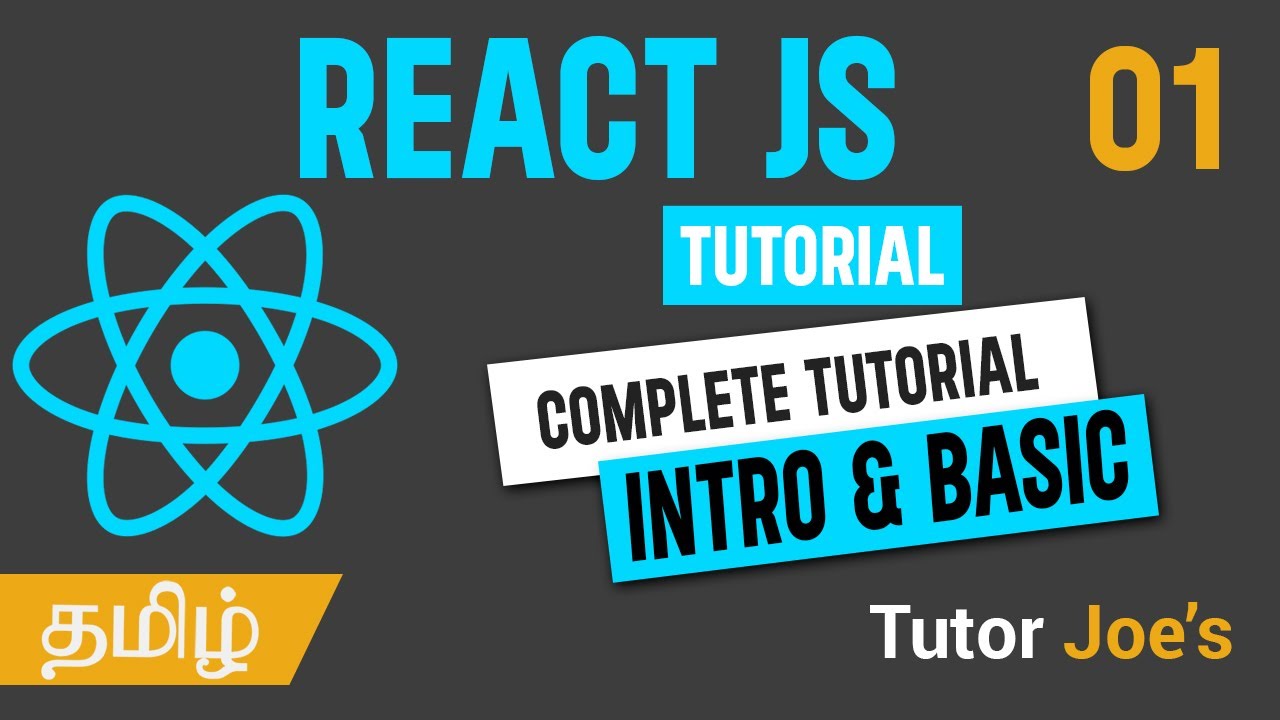Deep learning project end to end | Potato Disease Classification - 5 : Website (In React JS)
Summary
TLDRIn this video, viewers are guided through building a web application using React.js to detect diseases in potato plant leaves by uploading images. The tutorial emphasizes the importance of foundational web knowledge and demonstrates the setup process, including installing Node.js, npm, and managing project files in Visual Studio Code. Key features include handling image uploads, communicating with a FastAPI backend, and addressing common issues like CORS errors. The presenter aims to create a practical tool for farmers and hints at future videos focused on deployment to Google Cloud and mobile app development.
Takeaways
- 😀 Takeaway 1: Introduction to the concept of artificial intelligence and its growing impact on various industries.
- 😀 Takeaway 2: Explanation of how AI works, including machine learning and neural networks.
- 😀 Takeaway 3: Discussion on the benefits of AI, such as increased efficiency and the ability to analyze large datasets.
- 😀 Takeaway 4: Overview of the ethical considerations surrounding AI, including privacy concerns and job displacement.
- 😀 Takeaway 5: Insights into the future of AI technology and its potential to transform everyday life.
- 😀 Takeaway 6: Examples of successful AI implementations in sectors like healthcare, finance, and transportation.
- 😀 Takeaway 7: The importance of human oversight in AI development to ensure responsible use.
- 😀 Takeaway 8: Discussion on the potential risks of AI, including biases in decision-making processes.
- 😀 Takeaway 9: The role of government regulations and policies in shaping the future of AI technologies.
- 😀 Takeaway 10: A call to action for viewers to engage with AI responsibly and stay informed about its developments.
Q & A
What is the primary purpose of the website being built in the video?
-The website allows users to drag and drop an image of a potato plant leaf to determine if the plant has a disease, serving as a local test pad for future mobile app development.
Which technology is used to build the website, and why is it chosen?
-React.js is used to build the website due to its popularity and effectiveness for web development at the time of the video.
What prerequisites are recommended for viewers before watching the video?
-Viewers should have a clear understanding of web fundamentals, including HTML, CSS, and JavaScript, and are encouraged to watch a Khan Academy course on these topics.
What installation steps are required before running the React application?
-Users must install Node.js, npm, clone the repository, run 'npm install --from-lock.json', and set up the environment variables for the FastAPI server URL.
How does the website interact with the FastAPI backend?
-The website makes HTTP POST requests to the FastAPI backend using Axios, sending the uploaded image for disease prediction.
What does the 'useState' hook do in the context of this React application?
-The 'useState' hook manages the state of the selected file, allowing the application to track the image uploaded by the user.
What is a common issue encountered when running the frontend and backend servers, and how is it resolved?
-A common issue is the Cross-Origin Resource Sharing (CORS) error due to the frontend and backend running on different ports. It is resolved by adding middleware in the FastAPI backend to allow requests from the frontend's origin.
What does the application return after processing an image file?
-After processing an image file, the application returns a prediction indicating whether the plant is healthy or has a disease, along with a confidence score.
What future developments are hinted at in the video?
-The video hints at future developments including deploying the application to Google Cloud Platform (GCP) and building a mobile application using React Native.
What is the main takeaway for viewers from this video?
-Viewers are encouraged to understand the integration of frontend and backend technologies in a practical project aimed at real-world applications, particularly for farmers.
Outlines

This section is available to paid users only. Please upgrade to access this part.
Upgrade NowMindmap

This section is available to paid users only. Please upgrade to access this part.
Upgrade NowKeywords

This section is available to paid users only. Please upgrade to access this part.
Upgrade NowHighlights

This section is available to paid users only. Please upgrade to access this part.
Upgrade NowTranscripts

This section is available to paid users only. Please upgrade to access this part.
Upgrade NowBrowse More Related Video

Mern Stack Doctor Appointment System Project Setup | mern project

React JS Complete Tutorial in Tamil | Day - 01 | React JS in Tamil

End to End Heart Disease Prediction with Flask App using Machine Learning by Mahesh Huddar

MERN Stack Tutorial #1 - What is the MERN Stack?

React tutorial for beginners ⚛️

Understand the react flow and structure
5.0 / 5 (0 votes)